

Moving With The Seasons
| We welcome the sunshine as we welcome the season of summer in North America. Beginning in June, the month of Summer Solstice, the sun is here to stay, and as such the days stretch out and carry peak heat. This is a time to be outdoors, soak up the rays, and enjoy the abundant harvests of all that was seeded in springtime. Summertime reminds us of the balance of sun and water, inviting celebration of abundant life. | Various Midsummer celebrations occur around the world in June, and on June 21st of this year, the solstice marks the longest day of the year. A magical day indeed, you might learn about the Pagan history of the solstice, create art, adorn your space with fresh flowers, and host an outdoor picnic or feast to celebrate the light. Summer solstice is a perfect day to create food medicines and seasonal treats, infusing them with the bright energy of the season. Set out sun tea on your porch with bright intentions. |
Moving With The Seasons
We welcome the sunshine as we welcome the season of summer in North America. Beginning in June, the month of Summer Solstice, the sun is here to stay, and as such the days stretch out and carry peak heat. This is a time to be outdoors, soak up the rays, and enjoy the abundant harvests of all that was seeded in springtime. Summertime reminds us of the balance of sun and water, inviting celebration of abundant life.
Various Midsummer celebrations occur around the world in June, and on June 21st of this year, the solstice marks the longest day of the year. A magical day indeed, you might learn about the Pagan history of the solstice, create art, adorn your space with fresh flowers, and host an outdoor picnic or feast to celebrate the light. Summer solstice is a perfect day to create food medicines and seasonal treats, infusing them with the bright energy of the season. Set out sun tea on your porch with bright intentions.
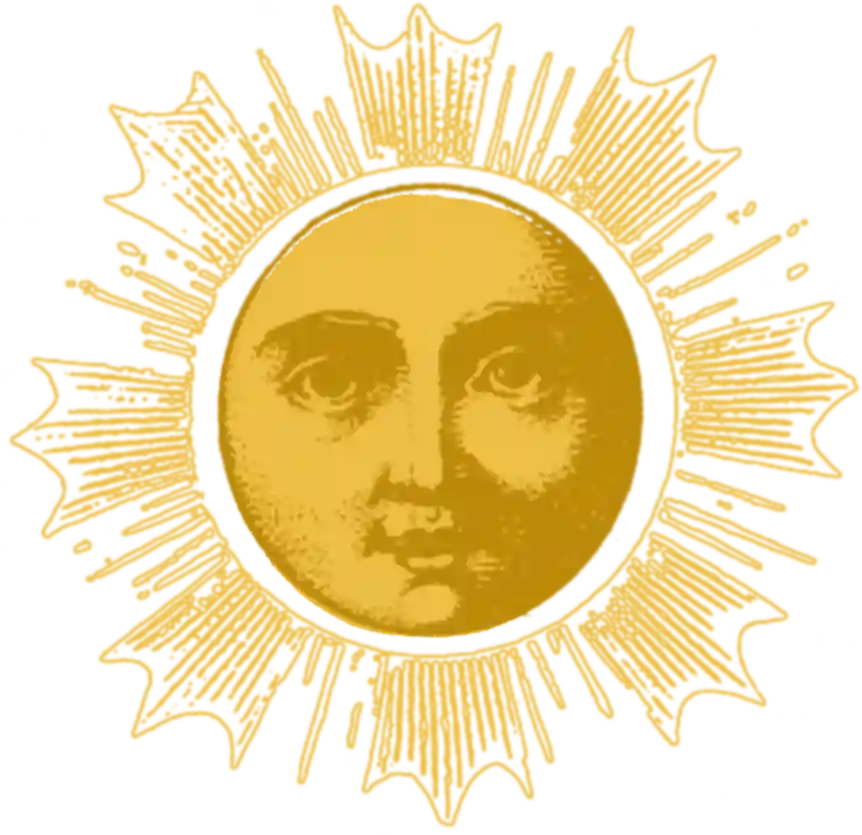
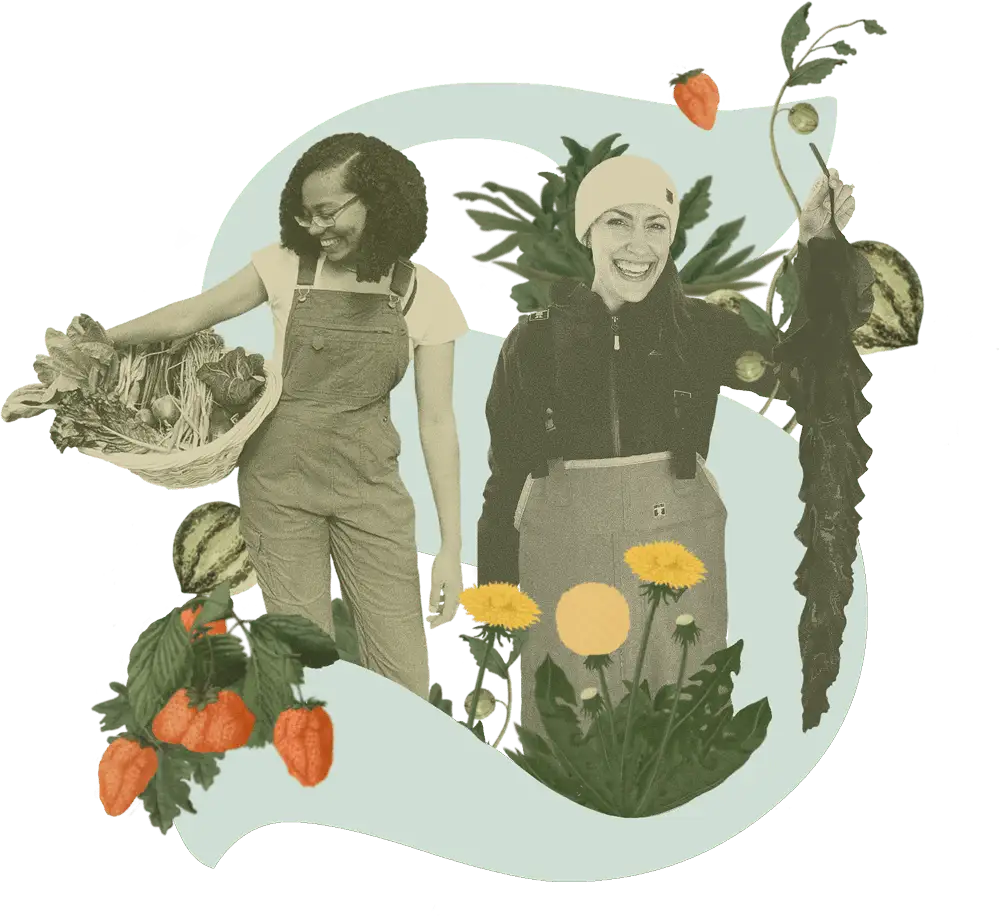
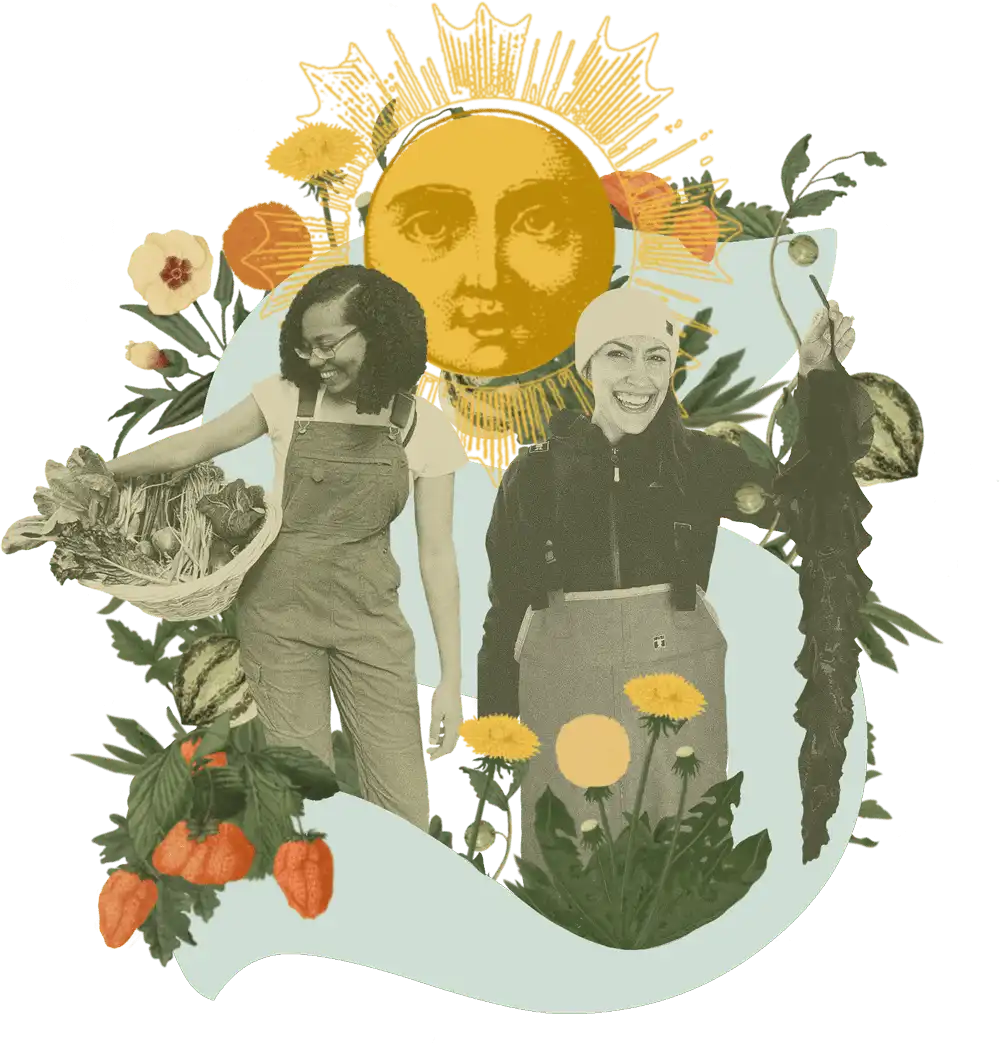
Many foods are in season in the summertime, so enjoy the fresh and vibrant farmer’s markets bounty as much as you can. Summer is a great season to practice buying local: you might challenge yourself to a local food week and buy exclusively local, in season produce, meats and eggs. With heat in full blast, many of the fresh foods of summer are sour and cooling; they help your body regulate temperature. Think: okra, all berries, watermelon, tomatoes, cucumbers, lettuces.
For gardeners, the heat of the season ignites decomposition, which can enrich your soil. The combination of heat, moisture, air and abundant green matter – think grass, beanstalks you’ve picked clean, or weeds – offer just the right conditions for organic matter to break down into soil. Compost piles will “cook” faster, so this can be an optimal time to build your first compost pile. As spring comes to a close, or if you’re planning to let your garden bed rest after summer’s harvests, covering your garden bed in a blanket of mulch, straw or a cover crop will protect the biology hard at work in the soil, helping it replete for the season to come.
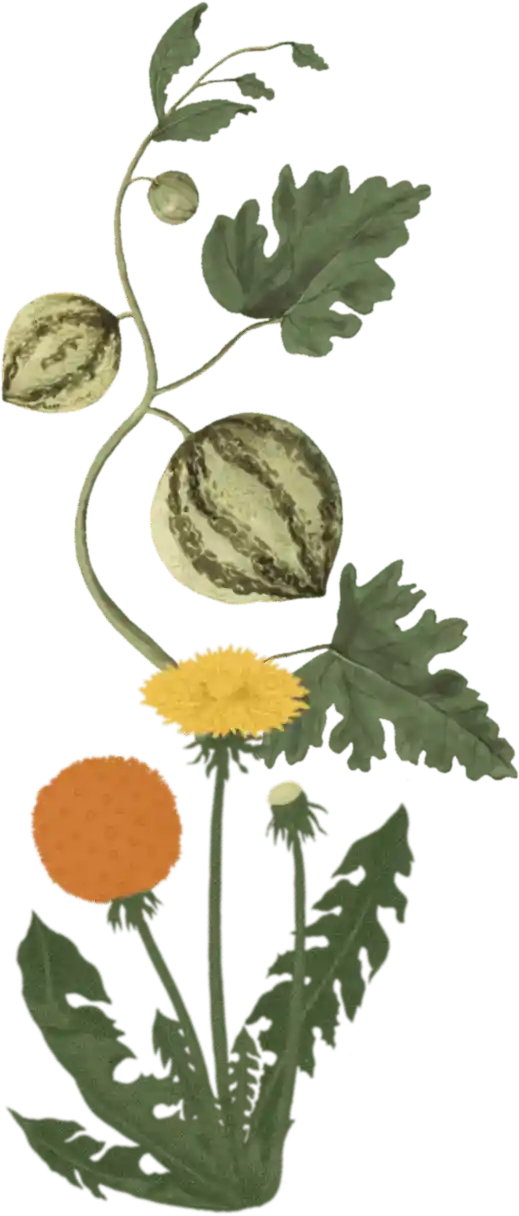

In this abundant season, think ahead to darker days. What can you create and preserve to capture the energy of summer, and the nourishment it offers? Can your tomatoes for sauce in the winter; peppers and alliums can infuse vinegar for Fire Cider (you’ll thank yourself come cold season). Berries and stone fruits might become jam. Olive oil infused with fresh herbs like rosemary, sage, oregano, thyme and peppers will keep you warm, and protected against infections in cooler months. Along the way bitter lettuces and greens like dandelion can create some internal movement where stagnancy from late summer kicks in.
Nourished from the rains of spring, indeed this is a season of abundance. Abundant light, abundant gardens and earth. The brightness of this season infuses our days, brings joy and lightness to our routines. Progressing into July we feel the heat in our bodies, we give in to rest, slowing down to seek shade under trees or water to cool down in. Along the South, the humidity is heavy and the waterbanks low, out West, the forests are thirsty and we must take care and tend to fires to prevent them growing. With the energy of June and July still ringing, the heat calls us to slow down in August. We might reflect on our travels of the season and what they meant to us.
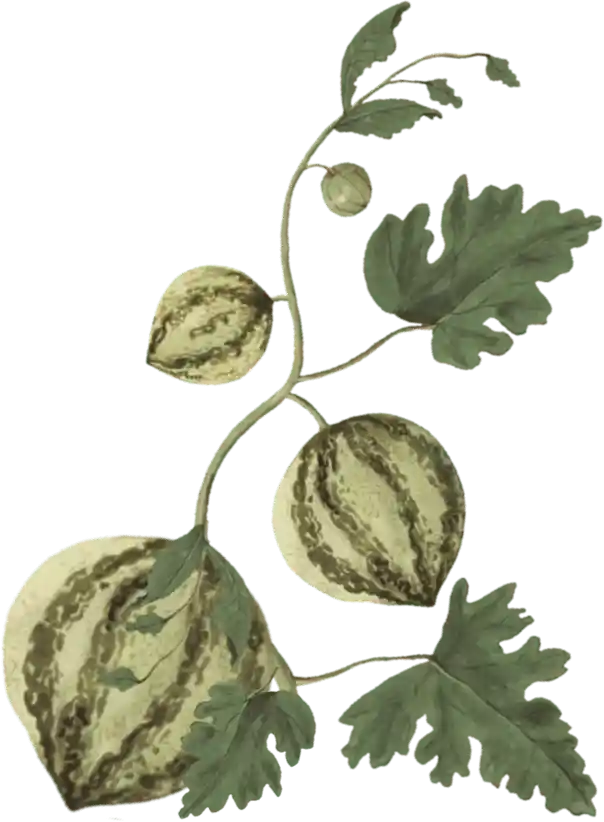

Summer is also a time to honor liberation. Historically, the indigenous peoples of the Great Plains region held the Sun Dance during the summer. Existing in variations according to tribal communities and ceremony keepers, the Sun Dance was one of many ritual reciprocity ceremonies of native peoples that affirmed the kinship of all relatives: human, animal, plant, earth, and cosmic. The Indian Act of 1895 banned this ceremony, amongst countless others until 1951, when the Act was reversed.
Juneteenth commemorates the emancipation of enslaved people, and for some Black communities, Black August is a time that honors the sacrifices made by a long legacy of freedom fighters of the Black Liberation Movement; inviting in community rituals, political education, and reflection on one’s political purpose.
The brightness of summer months are a beautiful backdrop to cultivate a gratitude practice that might serve you in the fall. What are you grateful to the earth for in this sunny season? Where do you wish to see more light in your ecosystem? Write it down daily, maybe weekly, to revisit in darker days.
Summer Fire Cider Recipe
• 1 medium organic onion, chopped
• 10 cloves of organic garlic, crushed or chopped
• 2 organic jalapeno peppers, chopped
• Zest and juice from 1 organic lemon
• 1/2 cup fresh grated organic ginger root (or organic ginger root powder)
• 1/2 cup fresh grated organic horseradish root (or organic horseradish powder)
• 1 Tbsp. organic turmeric powder
• 1/4 tsp. organic cayenne powder
• 2 Tbsp. of dried rosemary leaves organic apple cider vinegar
• 1/4 cup of raw, local honey, or to taste
1. Prepare your roots, fruits, and herbs and place them in a quart-sized glass jar. If you’ve never grated fresh horseradish, be prepared for a powerful sinus-opening experience!
2. Pour the apple cider vinegar in the jar until all of the ingredients are covered and the vinegar reaches the jar’s top.
3. Use a piece of natural parchment paper under the lid to keep the vinegar from touching the metal, or a plastic lid if you have one. Shake well.
4. Store in a dark, cool place for a month and remember to shake daily.
5. After one month, use cheesecloth to strain out the pulp, pouring the vinegar into a clean jar. Be sure to squeeze as much of the liquidy goodness as you can from the pulp while straining.
6. Next comes the honey. Add and stir until incorporated.
7. Taste your cider and add more honey until you reach the desired sweetness.

Written by Circle of Creative Member: Stephanie Yawa de Wolfe
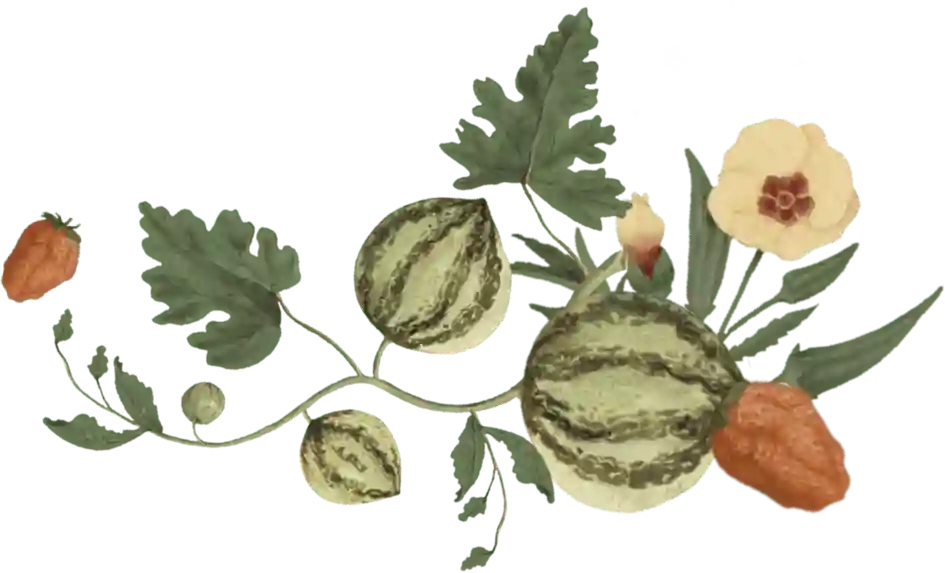
Letters from the Curators
The bright, golden rays of summer bring with it the biggest bounty of the year for us, as the garden overflows with explosive flavors of juicy heirloom tomatoes, sweet-as-candy watermelon, 4-foot tall swiss chard, refreshing stone fruits, happy sunflowers, and crunchy rainbow carrots. Surrounded by so much abundance and the new flavors of summer, we were inspired to take this seasonal opportunity to shine bright and bold by curating some new stories and topics we’ve never discussed before…
We traded our spring suits for bikinis, and dove into the depths of a topic as big as the ocean – glyphosate. With our first ever Context and Convergence: A Dialogue on Glyphosate, Human, and Planetary Health, we created the space for this loaded topic to breathe, be, welcome contrasting views, and flow, thanks to a roundtable of expert voices in human health, land stewardship, policy, and advocacy. We arrived at this conversation with the intention to listen deeply, understand the complexities and different viewpoints, and ultimately discuss action-oriented plans and processes towards a regenerating future. With the White House Conference on Hunger, Nutrition and Health and the EPA’s review of glyphosate on the horizon, the time is ripe for collective momentum. As Senator Cory Booker shared on the webinar, “Everything is impossible, until it isn’t.” and reminded us that “change doesn’t come from Washington, it comes to Washington.” Every voice matters at a time like this.
After the great wave of momentum from the webinar, resulting in over 29,000 signatures and counting to ban glyphosate (sign the petition here!), we couldn’t help but draw attention to how conventional farming practices impact our sacred bodies of water, and the life therein. We swam headfirst (literally) into the amazing underwater world of seaweed, via the lens of our upcoming Meet a Farmer feature, Nautical Farms! Nestled in the cozy and quaint sea-town of Machias, Maine, Morgan and Jake are water stewards through and through cultivating regenerative seaweed. We couldn’t be more excited to break outside the mold, and reel in a new lineup of regenerative aquaculturists tending to the food forests of the oceans, lakes, rivers, and seas.
As we’ll blow summer a “sea-ya-later” kiss, the season will conclude with the opportunity for conventional farmers to say “see-ya” to their chemicals and unsustainable practices. With the powerful blog, Regenerative Ag Transition Tips and Resources for Conventional Farmers, we aim to provide supportive stepping stones for farmers seeking clear and valuable resources for transitioning from chemical practices to regenerative systems.
And with that my friends, we humbly write to you from the sizzlin’ heat and hope of this beautiful summer day, reflecting on how this season blossomed the inspiration for the fruits of our labor. Thanks to your support, our summer has been nourished, hydrated, and thriving with bounties to share – and we already can’t wait to explore what fall will inspire…
– Leia Vita Marasovich + Jessie Gardner
– Leia Vita Marasovich
+ Jessie Gardner

